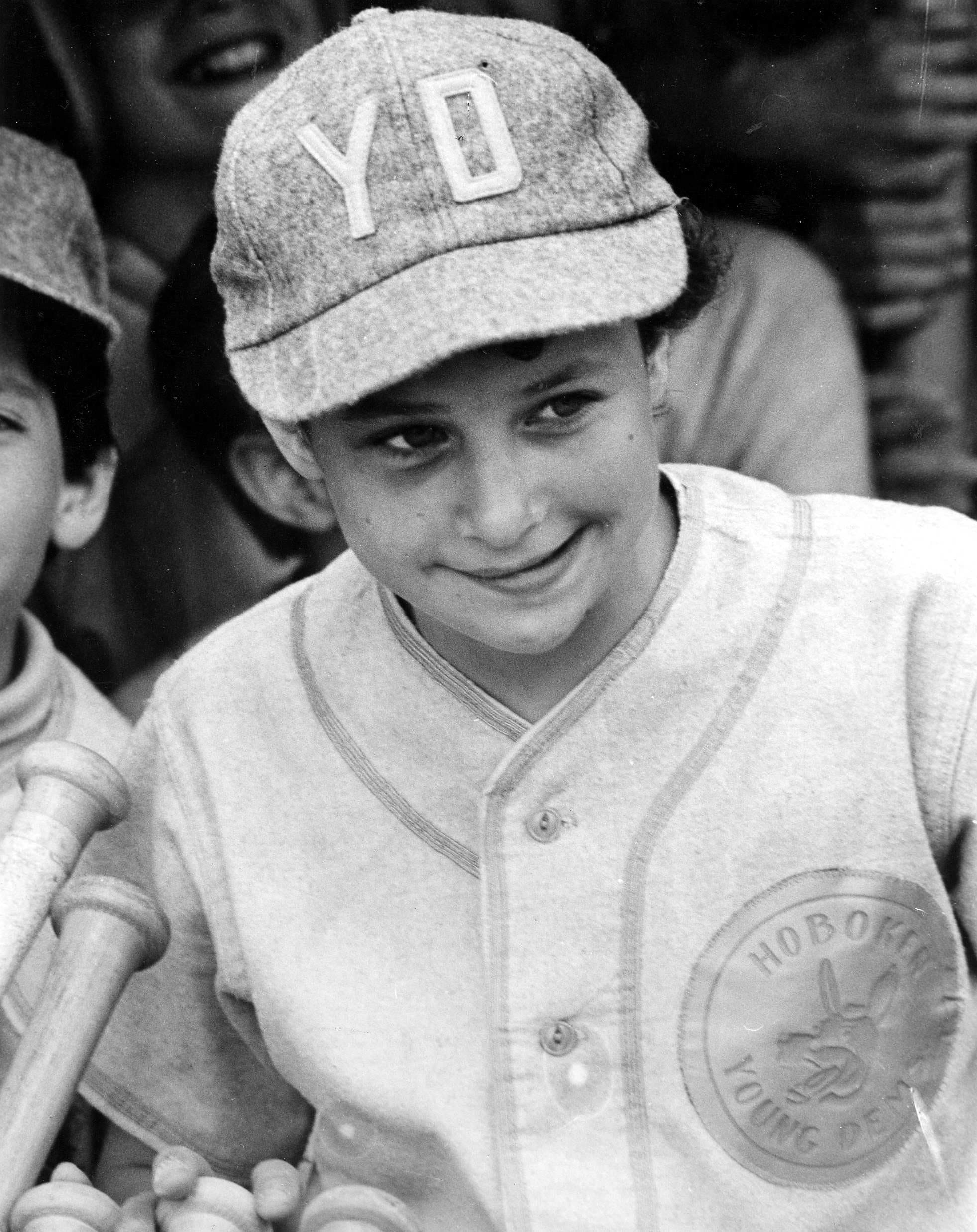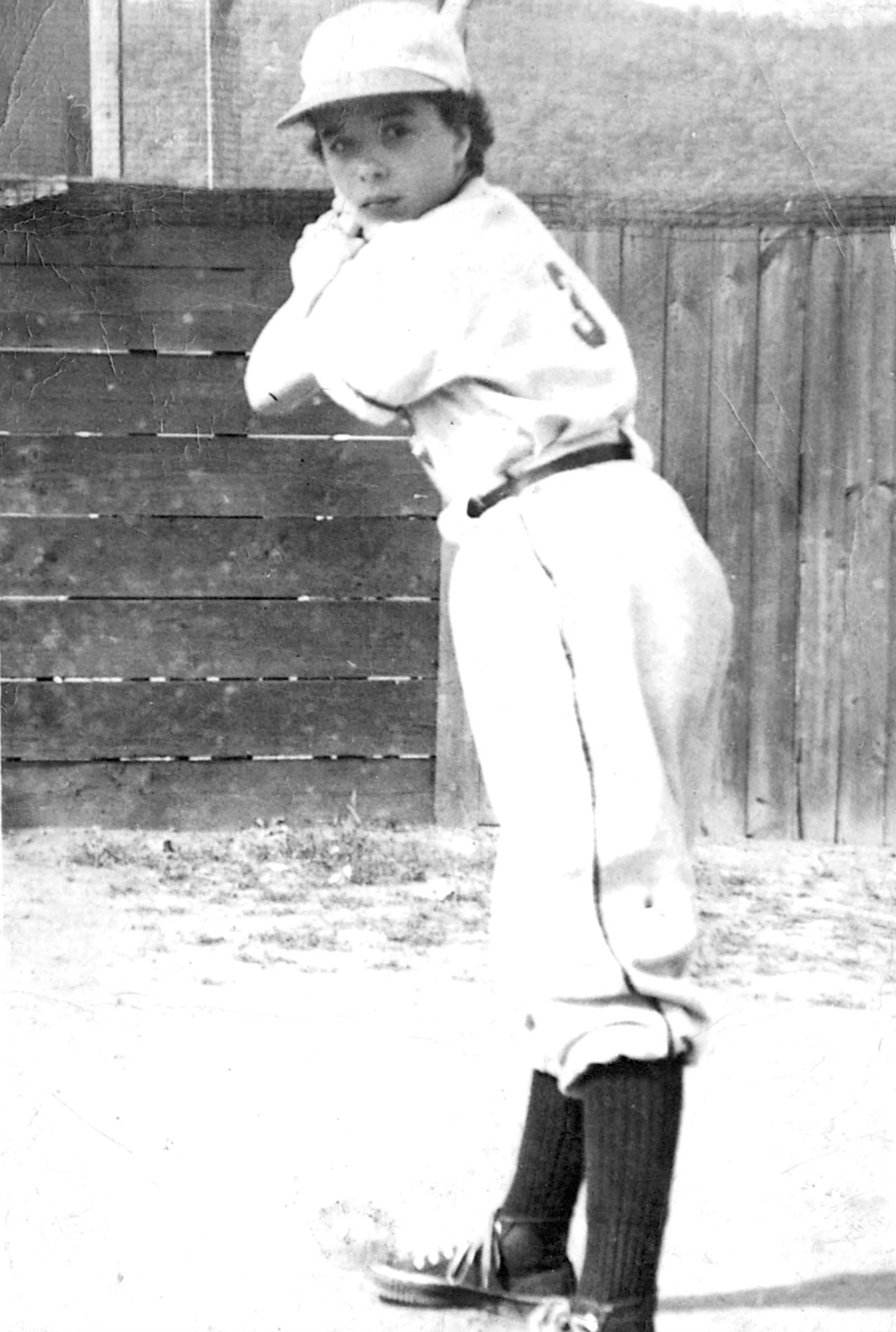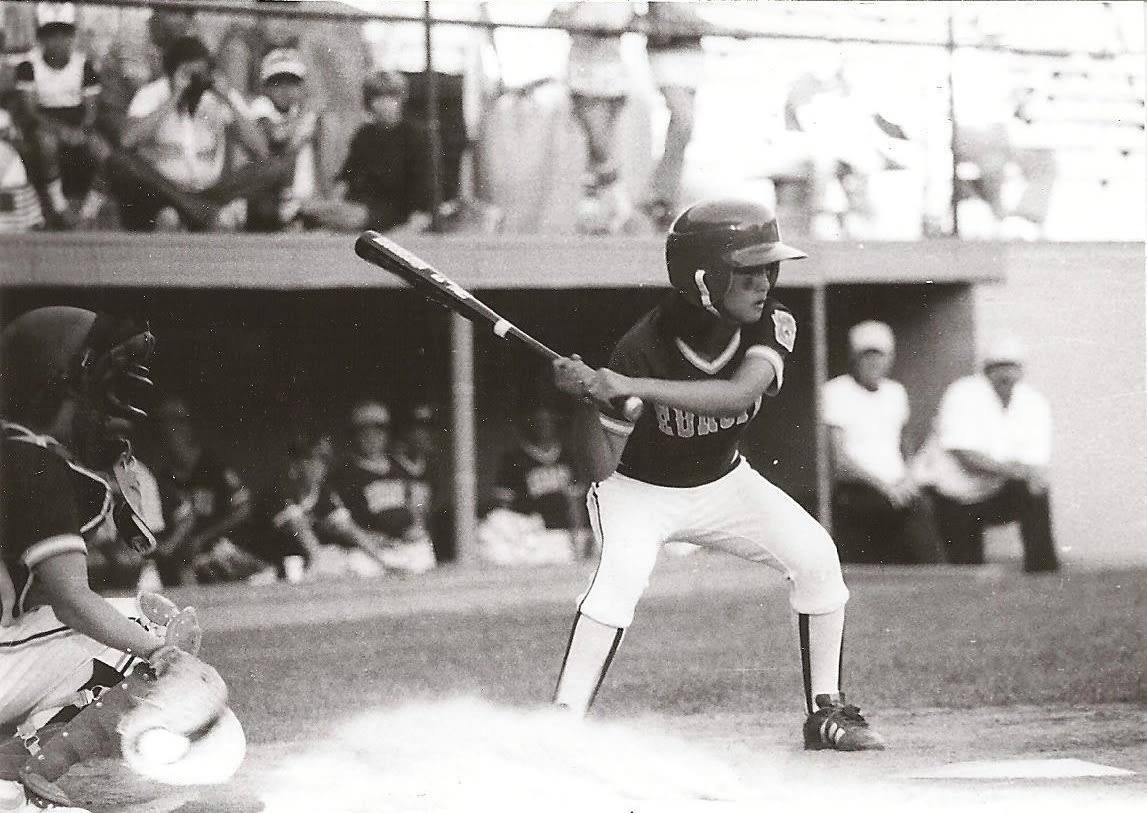When Carl Stotz created Little League® in 1939, it started out as a simple neighborhood league for his nephews to play organized baseball during the summer in Williamsport, Pennsylvania. Nearly 85 years later, it has since become the world’s largest youth sports organization, alive in communities all around the world. But, up until 1974, only boys were permitted to play on the Little League field.
All the spots on the diamond were reserved for males, as even a female coach or umpire were both extremely uncommon in the early days of the program. Women typically worked in administrative and domestic positions, and it was an uphill battle for females of all ages to fight for the right to participate.
“When we started the Little League, the idea of a girl playing baseball, even with other girls, was simply unthinkable,” said Mr. Stotz in a May 1973 issue of the Detroit News.
However, a legal battle in 1974 sparked by a 12-year-old girl from Hoboken, New Jersey, opened the door for everyone to have the chance to play Little League.

The birthplace of baseball, Hoboken is home to the first official recorded game, which was played back in 1846. More than a century later, a young Maria Pepe would take the field just blocks away from the original site to pitch in three Little League games, as news quickly made its way around town and back to Little League Baseball’s headquarters in Williamsport.
Though Ms. Pepe was not necessarily the first girl to play Little League, when the organization caught wind of Ms. Pepe playing in the league, it gave Hoboken Little League an ultimatum: dismiss Ms. Pepe, or have its charter revoked. The penalty was the most extreme one that Little League can hand down, as it prevented leagues from being able to enter tournaments, wearing the Little League patch, and accessing all the other benefits of being affiliated with the organization. Ultimately, Ms. Pepe was kicked out and Hoboken Little League had its charter reinstated. Robert H. Stirrat, the Vice President and Public Relations Director of Little League at the time, said afterward that “as far as we’re concerned, the incident is closed.”
Despite what Mr. Stirrat thought was a conclusion on the situation, Ms. Pepe’s battle was just beginning. After her story got picked up in the New York media cycle, the New York Yankees invited Ms. Pepe and her family in to honor her, and the National Organization for Women (NOW) worked with Ms. Pepe’s family to sue Little League in the New Jersey Division of Civil Rights. Additionally, media outlets debated Little League’s claims on both parts, with doctors rebutting Hale’s claims and others noting that Little League could fight to have the language in the charter altered by Congress.
Ms. Pepe’s case against Little League was one of many for the organization at the time, as it had legal battles underway or pending in 20 states at the time. One notable case was in the U.S. Federal District Court in Ypsilanti, Michigan, against Carolyn King, which ultimately led to Little League creating a new program intended only for girls. Today, that program is the Little League Softball® program that celebrates 50 years in 2024 and has seen its championship game of the World Series aired on ABC.
However, the most monumental decision in this string of legal battles was made in New Jersey by Judge Sylvia Pressler, Hearing Examiner of the state’s Civil Rights Decisions, who oversaw Ms. Pepe’s case. In a historic moment, Judge Pressler ordered Little League to allow both boys and girls to play, adding that society needed to start somewhere in reversing this trend.

At last, the back-and-forth legal battle officially came to a close as Little League’s next appeal was ruled against, which led to a superior court judge ordering the headquarters to notify its 330 New Jersey leagues “under no uncertain terms” that they must operate under the ruling, and eventually to Congress agreeing to change the federal charter.
In the short time following the historic event to allow girls into Little League, there were a handful of claims as to who was the first girl to play Little League. While Ms. Pepe was able to play three games before she was kicked out, Little League knew that it was possible others have done so as well.
In 1974, Kathryn Johnston Massar mailed a letter to the Little League headquarters, claiming that she was the first girl to play Little League in 1950. Originally from Corning, New York, Ms. Massar went by the name “Tubby” Johnston, which she picked from her favorite comic strip “Little Lulu,” and she tucked her hair under her cap as she tagged along with her brother to tryouts. After making the team, she revealed that she was a girl to her coach, who let her stay after telling her that she was good enough to make the team. The local community supported her as well, and once word got out that a girl was playing Little League, more people came to watch the games. Once Little League received the letter from Ms. Massar and looked everything over, it wrote back, calling her the first girl to participate in Little League.
Although she would have played again the following year, Little League introduced its rule prohibiting girls from playing in 1951. Ms. Massar said her father joked with her, saying she was the reason for the rule. Although Ms. Massar’s time on the diamond may have incited Little League to create the rule, Ms. Pepe’s fight eradicated the ban.
Although the exact number of girls who have played in Little League is unknown, nearly 30,000 signed up for its softball program in its first season in 1974, proving the amount of interest in the opportunity and that girls like Ms. Pepe and Ms. Massar were truly pioneers for the program.
Just 10 years later, history was made again as Victoria Roche from Brussels, Belgium, became the first female to play in the Little League Baseball® World Series in 1984, and since then, 21 additional girls have participated in the international tournament.

Now, 50 years after that historic decision, the opportunity for girls to play Little League has never been greater. An inclusive place for anyone who wants to play, Dr. Hale, who initially opposed allowing girls to play in 1973, changed his stance to that it’s “one of the best things that happened.”
Today, hundreds of thousands of girls take the Little League field each year thanks to the inspiration of the many Girls with Game that have come before them, and the organization remains committed to growing those opportunities even more in the future. Promoting and encouraging female participation in Little League has since become paramount to the organization’s core values of inclusion and building community and has committed to providing equal participation opportunities for girls within its program by 2032.
Officially launched in 2019, the Girls with Game Initiative may feel like a new idea to some, but it has been inspired and created by the thousands of amazing pioneers and champions for change that have paved the way for the next generation. As Little League honors 50 years of girls in the Little League program in 2024 as part of its Girls with Game 50 Celebration, it remembers the important moments that have helped set the foundation for an exciting future ahead.
The #GWG50 Celebration is proudly supported by DICK’S Sporting Goods, a long-time Little League partner that is committed to creating opportunities for girls and women in sports and will be activating around key events and milestones this year.
